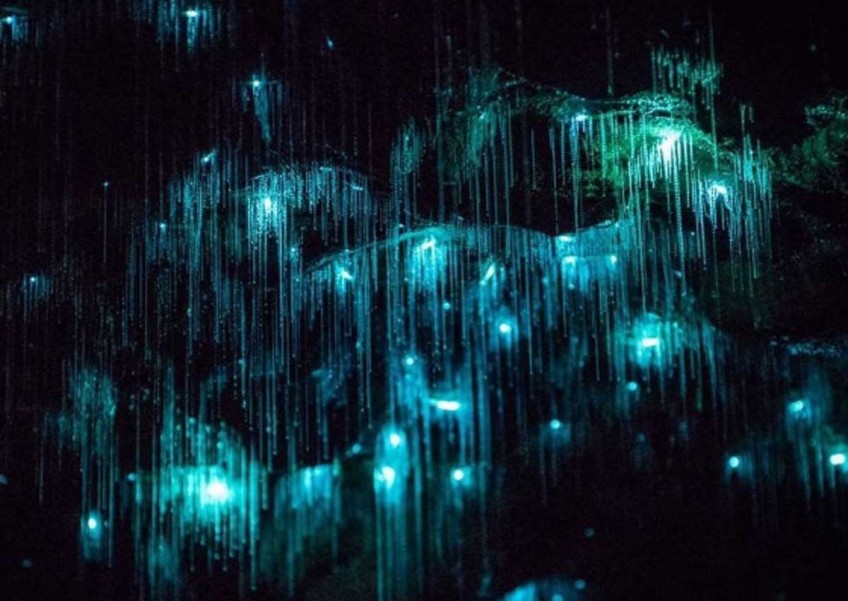Why astronauts train in caves


There's no better preparation for the ISS, or finding life on other planets, than exploring the depths of Earth.
When the last humans returned from the Moon, they did so with lifeless samples of lunar rock.
While geologically interesting, it taught us little about how life started on Earth, or whether similar places in the Solar System might support living things.
At the time, it seemed unlikely that anything would be living out there, but the next time we visit a planetary neighbour, seeking life will be high on the list of priorities.
Should humans once again set foot on another planet in our Solar System and begin to search for life, they will do so having trained in some of the most demanding environments on Earth - because caves are the best preparation for these intrepid explorers.
That's why the European Space Agency, Esa, have sent astronauts on two-week expeditions to reach, map and live in Sardinia's caves since 2011.
The cave network used by Esa for the exercise this summer certainly looks the part. Descending 800m (2,640ft) underground, six astronauts from the US, China, Japan, Russia and Spain spent six days in darkness exploring and charting one of the last unexplored environments on Earth.
The chosen location, 'Sa Grutta', has been formed by life-giving water running through the tunnels, dissolving away the rock.
The caves range from tiny crevices for the astronauts to crawl through to cathedral-like chambers. Some tunnels are dry while others require diving gear to navigate.
The mission is called Caves - Cooperative Adventure for Valuing and Exercising human behaviour and performance Skills.
It is an Esa initiative to teach a multicultural team the skills required to work closely in confined spaces and under high pressure, while still performing scientific research or reconnaissance.
Read the full article here